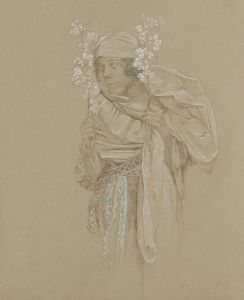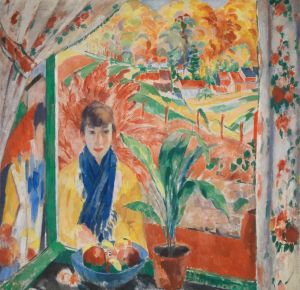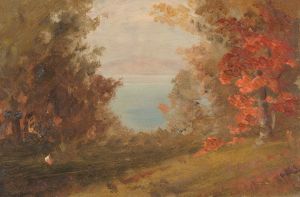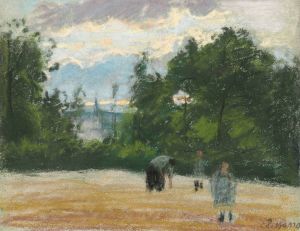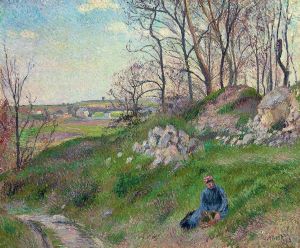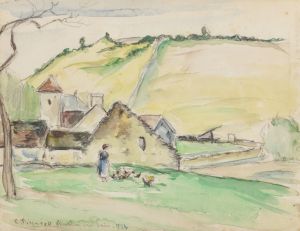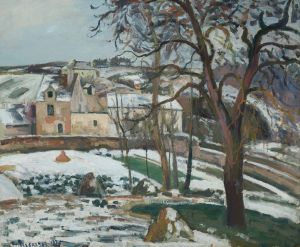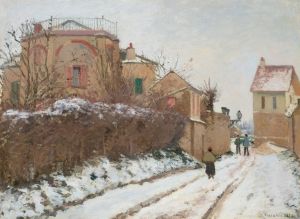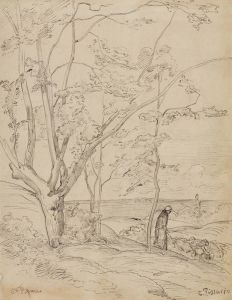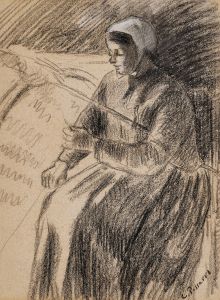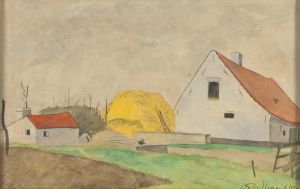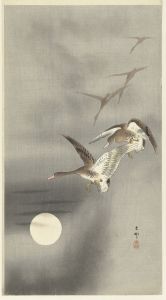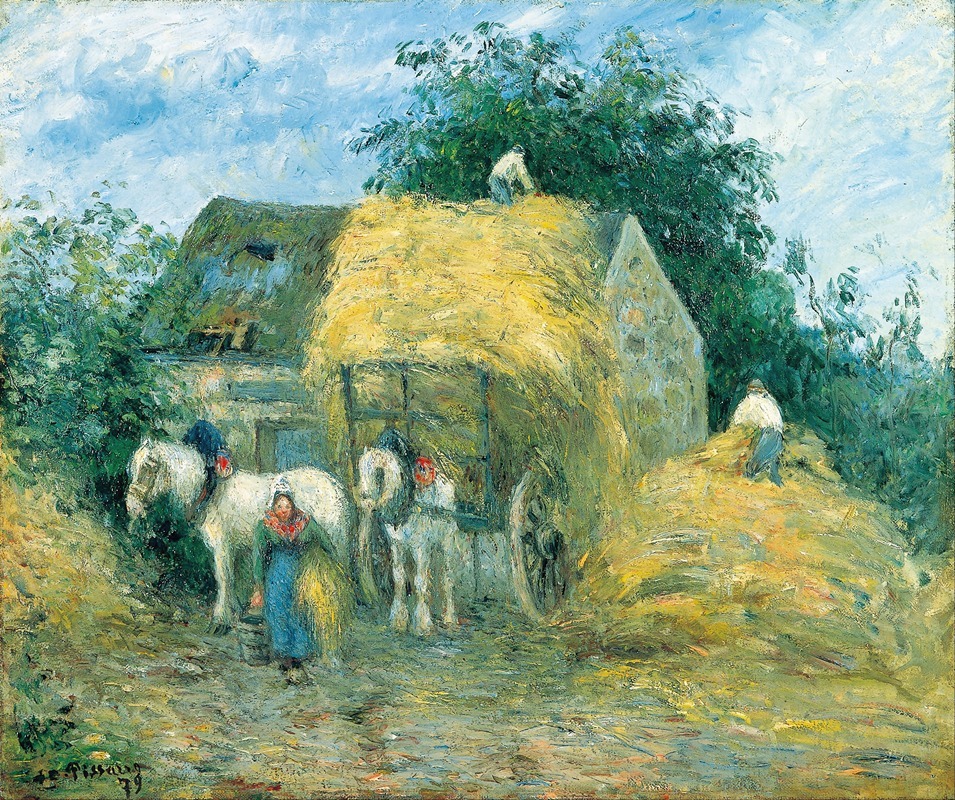
The Hay Cart, Montfoucault
A hand-painted replica of Camille Pissarro’s masterpiece The Hay Cart, Montfoucault, meticulously crafted by professional artists to capture the true essence of the original. Each piece is created with museum-quality canvas and rare mineral pigments, carefully painted by experienced artists with delicate brushstrokes and rich, layered colors to perfectly recreate the texture of the original artwork. Unlike machine-printed reproductions, this hand-painted version brings the painting to life, infused with the artist’s emotions and skill in every stroke. Whether for personal collection or home decoration, it instantly elevates the artistic atmosphere of any space.
Camille Pissarro, a prominent figure in the Impressionist movement, painted "The Hay Cart, Montfoucault" in 1879. This artwork is a quintessential example of Pissarro's dedication to capturing rural life and the natural landscape with a focus on light and atmosphere. Pissarro, who was born in 1830 on the island of St. Thomas, moved to France where he became a central figure in the Impressionist circle, working alongside artists such as Claude Monet and Edgar Degas.
"The Hay Cart, Montfoucault" was created during a period when Pissarro was living in Montfoucault, a small village in Normandy. This region provided him with ample inspiration due to its picturesque countryside and agricultural scenes. The painting depicts a rural scene with a hay cart, a common sight in the agricultural communities of the time. Pissarro's choice of subject reflects his interest in the everyday lives of peasants and the changing seasons, which were recurring themes in his work.
In this painting, Pissarro employs the Impressionist technique of loose brushwork and a vibrant palette to convey the effects of natural light on the landscape. The composition is balanced, with the hay cart positioned prominently in the foreground, drawing the viewer's eye into the scene. The use of color is particularly notable; Pissarro uses a range of greens, yellows, and browns to depict the fields and the hay, while the sky is rendered in soft blues and whites, suggesting a clear day.
Pissarro's work is characterized by his commitment to painting en plein air, or outdoors, which allowed him to capture the transient effects of light and weather. This approach was a hallmark of the Impressionist movement, which sought to break away from the formal studio setting and traditional techniques of the time. By painting outdoors, Pissarro was able to observe and depict the subtle changes in light and atmosphere that occur throughout the day.
"The Hay Cart, Montfoucault" reflects Pissarro's deep appreciation for the rural landscape and his ability to convey the beauty of everyday scenes. His work often highlights the harmony between humans and nature, and this painting is no exception. The presence of the hay cart and the figures working in the fields suggests a sense of community and the cyclical nature of agricultural life.
Throughout his career, Pissarro remained dedicated to the principles of Impressionism, even as the movement evolved and new styles emerged. His influence on the art world was significant, not only through his own work but also through his mentorship of younger artists, including Paul Cézanne and Paul Gauguin. Pissarro's paintings, including "The Hay Cart, Montfoucault," continue to be celebrated for their innovative approach to capturing the essence of the natural world.
Today, "The Hay Cart, Montfoucault" is recognized as an important work within Pissarro's oeuvre and the broader context of Impressionist art. It exemplifies his skill in depicting rural life with sensitivity and a keen eye for detail, making it a valuable piece for understanding the development of modern art in the late 19th century.






